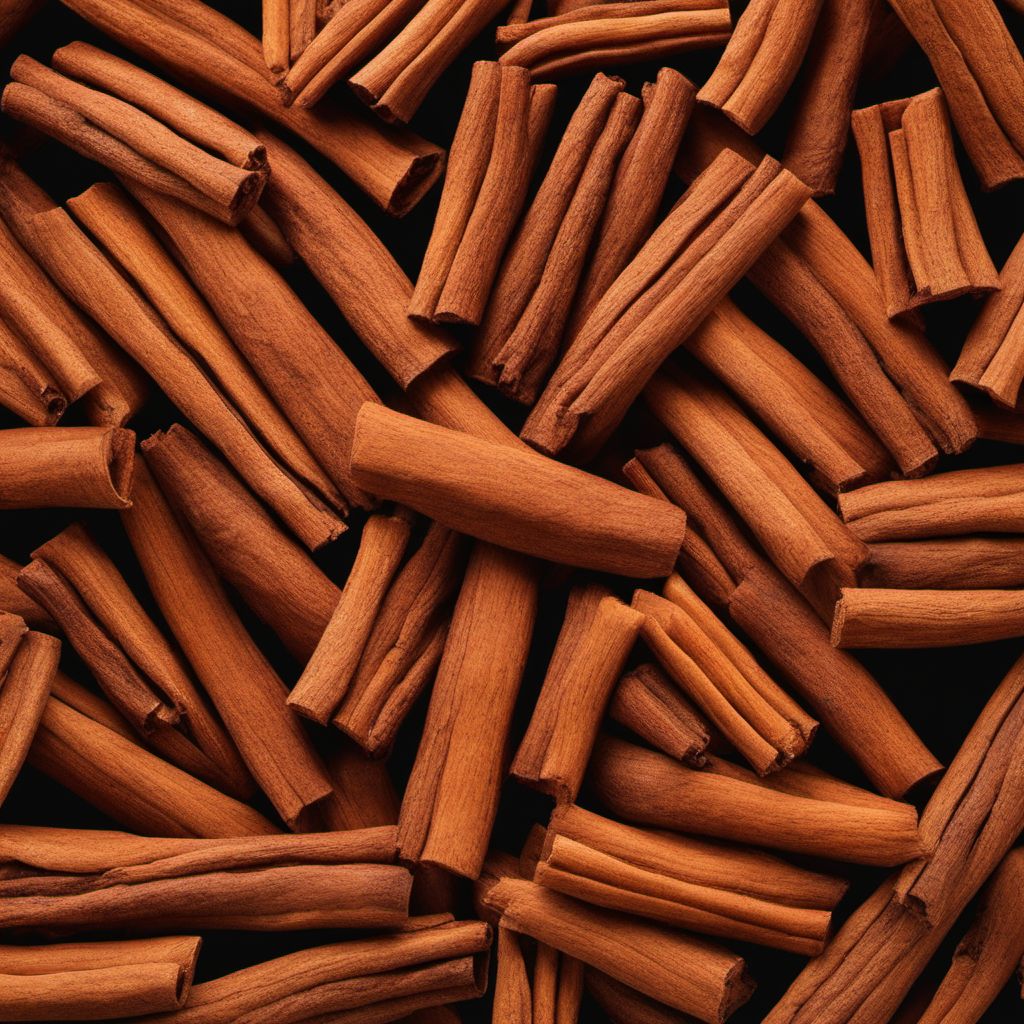
Ingredient
Cassia bark (generic)
Cassia Bark: The Aromatic Spice
Cassia bark is the dried bark of the Cinnamomum cassia tree, native to China and other parts of East Asia. It is a reddish-brown spice that comes in rolled or quill-like form. Cassia bark has a strong, sweet, and spicy flavor, similar to cinnamon but slightly more pungent. Its aroma is warm and inviting, with hints of cloves and citrus. The bark is often ground into a powder or used in its whole form to infuse dishes with its distinctive taste and fragrance.
Origins and history
Cassia bark has a long history of use in traditional Chinese medicine and culinary practices. It has been cultivated and traded in China for thousands of years and was highly valued for its medicinal properties. Cassia bark was also an important commodity in the ancient spice trade, with its demand spreading to other parts of Asia and eventually Europe. Today, it is widely used in Asian cuisines, particularly in Chinese, Indian, and Indonesian dishes.
Nutritional information
Cassia bark is a good source of antioxidants and has anti-inflammatory properties. It also contains essential oils that have been shown to have antimicrobial effects. However, it should be consumed in moderation due to its coumarin content, which can be harmful in large amounts.
Allergens
May cause allergic reactions in individuals with sensitivity to cinnamon or related spices.
How to select
When selecting cassia bark, look for whole quills that are tightly rolled and have a reddish-brown color. The bark should be fragrant, with a strong and sweet aroma. Avoid cassia bark that appears dull or has a musty smell, as it may be old or of lower quality. It is best to purchase cassia bark from reputable spice shops or specialty stores to ensure its freshness and authenticity.
Storage recommendations
To keep cassia bark fresh and flavorful, store it in an airtight container in a cool, dark place, away from direct sunlight and moisture. Proper storage will help preserve its aroma and taste for an extended period. Ground cassia bark should be used within six months, while whole quills can last up to a year if stored correctly.
How to produce
Cassia bark trees can be grown in tropical or subtropical regions with a warm climate. They require well-drained soil and regular watering. The bark is harvested by cutting the branches of the tree and removing the outer bark. The inner bark is then dried and rolled into quills. While it may be challenging to grow cassia bark trees outside of their native regions, it is possible to cultivate them in controlled environments such as greenhouses or indoor gardens.
Preparation tips
Cassia bark can be used in a variety of dishes and cuisines. It is commonly used in Asian recipes, such as curries, stir-fries, and soups, to add warmth and depth of flavor. It pairs well with ingredients like ginger, garlic, star anise, and soy sauce. Cassia bark is also a popular choice for baking, where it can be used in cakes, cookies, and desserts to infuse them with its sweet and spicy aroma. Additionally, it can be used to make spiced teas or mulled wines.
Culinary uses
Cassia bark is commonly used in Chinese cuisine, where it is a key ingredient in dishes like red-braised pork and five-spice powder. It is also used in Indian cuisine, particularly in biryanis and garam masala spice blends. In Indonesian cuisine, cassia bark is used in dishes like rendang and nasi goreng. It is also a popular spice in Middle Eastern and North African cuisines, where it is used in dishes like tagines and pilafs. Cassia bark is widely available in Asian grocery stores and spice markets.
Availability
China, East Asia
